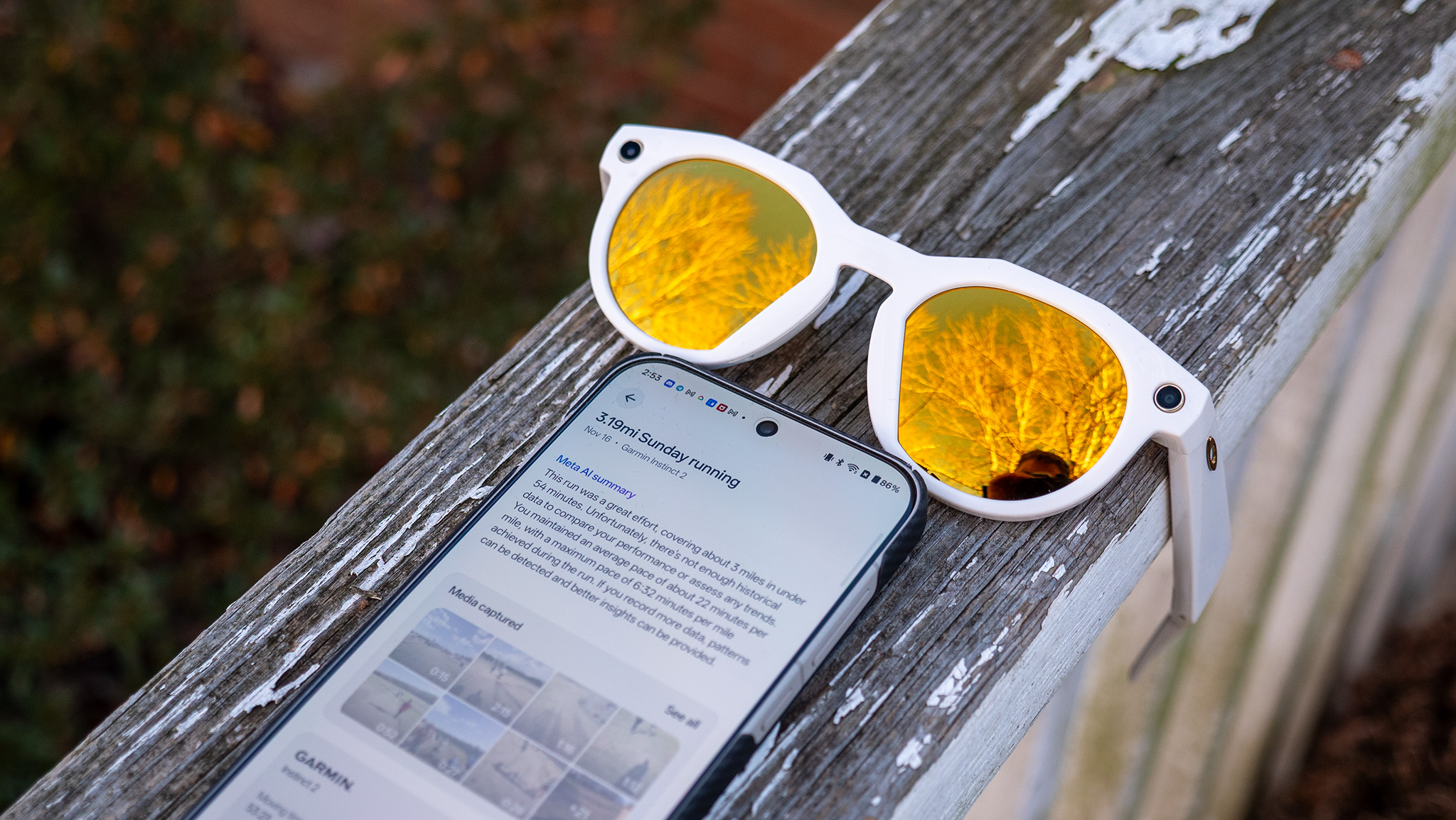Here's what Google and Fitbit need to do to keep pace with Samsung and Apple in the wearables space
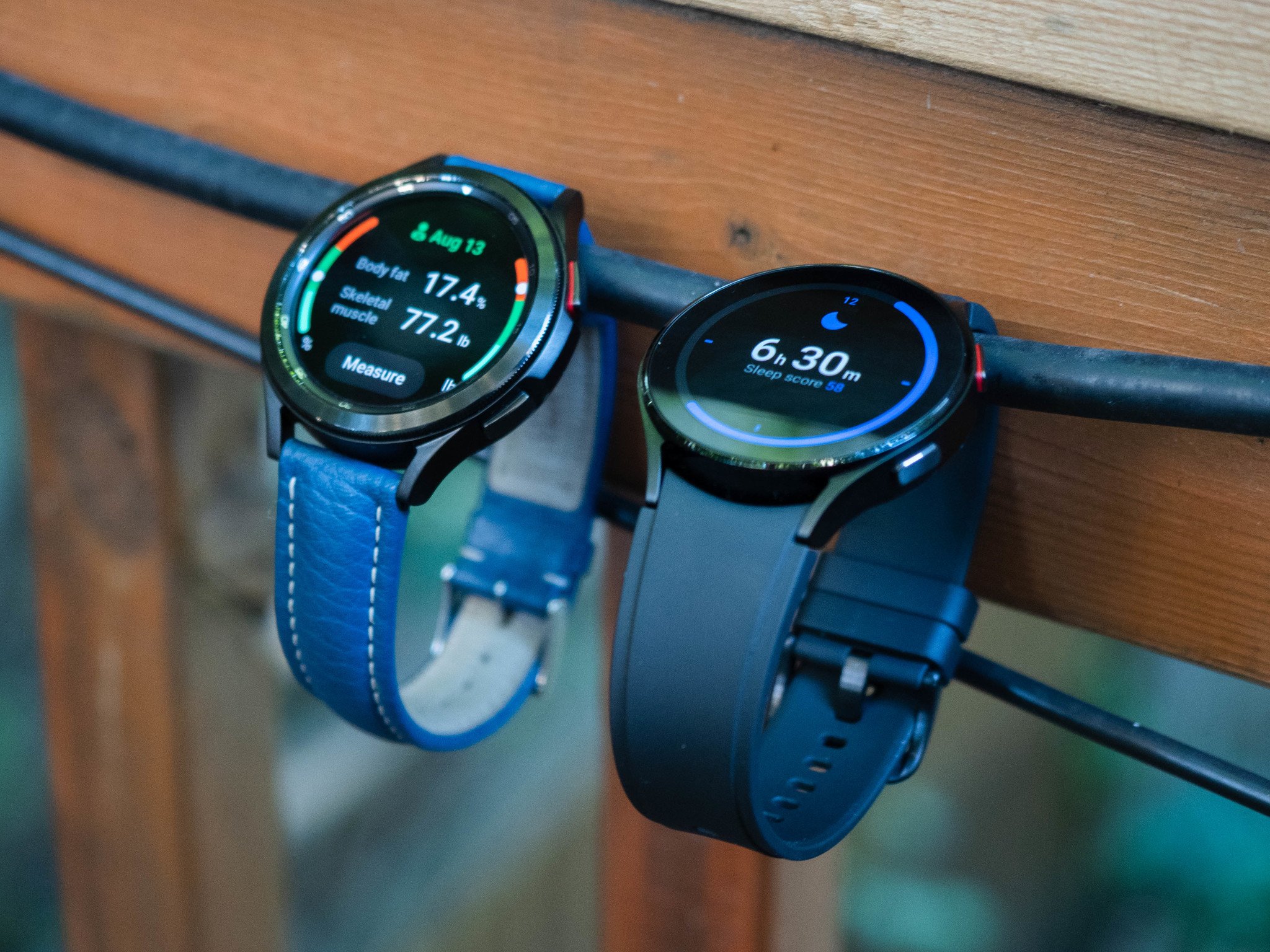
If you paid attention to the wearable world in 2021, you know that the hottest topic of the year revolved around the new Samsung Galaxy Watch 4 smartwatch. This wasn't just another Galaxy Watch; it became the first Android smartwatch to run on the new Wear OS platform — and remains the only Wear OS 3 watch today.
If you didn't know, Google and Samsung joined forces to bring Samsung's Tizen OS and Google's Wear OS together into a single platform. While this was exciting news at the time, much of the following news tempered our excitement.
We eventually learned that not all existing Wear OS watches would be eligible to upgrade to this new platform — including all previous Galaxy Watch models, which would remain on Tizen OS indefinitely. To worsen the blow, the handful of eligible watches would not receive Wear OS 3 until early 2022.
As you can imagine, these realizations were met with frustration by many existing smartwatch users. The Galaxy Watch 4 took Wear OS in the right direction, but most users will agree that some serious changes are still needed. Still, if Samsung can do better when it comes to acknowledging issues as they arise and offering sensible solutions, it will likely hold its position as one of the most trusted wearable names on the market alongside Apple.
Google hasn't done itself any favors by allowing Samsung to be the one and only smartwatch on the new platform in the last few months since its launch. It acquired Fitbit a couple of years ago but hasn't released any Fitbits with the Wear OS ecosystem. Rumors of a Pixel Watch have been floating around for quite some time, but Google has yet to deliver.
With very few other smartwatches updating to Wear OS 3, Google will need to bring out the big guns to keep people interested in its smartwatches and keep pace with Samsung and Apple. A 2022 Pixel Watch could win over some skeptics, but that's just the start. Google needs to make other vital changes to keep Wear OS competitive and stay relevant in the smartwatch game.
Improve software
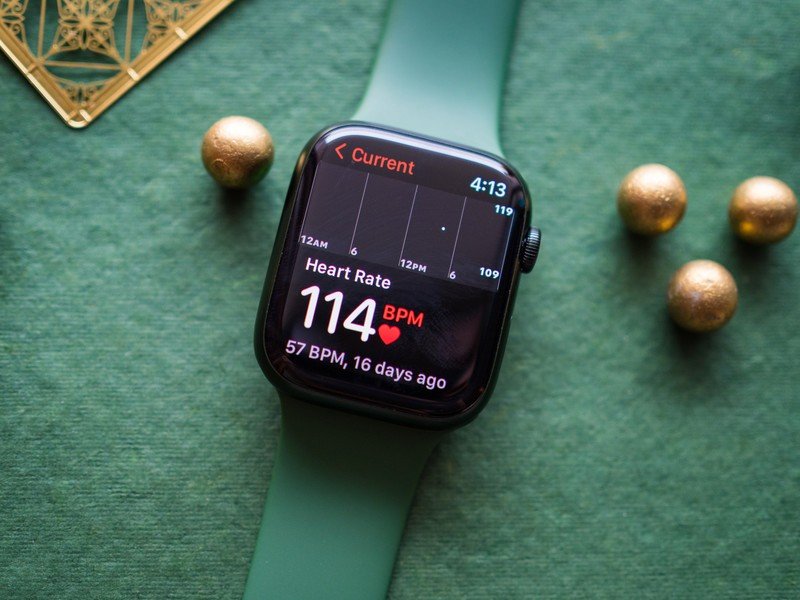
While the new Wear OS platform is a step in the right direction, Google still left something to be desired when it comes to its new software. In previous years, Wear OS has been notorious for various software bugs and laggy performance, and Wear OS 3 hasn't fully solved this issue. If it can prioritize improving software and performance as these problems come up, it will make up ground on Apple.
Get the latest news from Android Central, your trusted companion in the world of Android
Apple isn't perfect by any means, but it's constantly improving existing software.
Apple isn't perfect by any means, but it's constantly improving existing software and releasing new versions of watchOS. The Apple Watch Series 7 runs on watchOS 8, which received a lot of praise from existing users. The UI elements are visibly larger to make the most of the bigger display. Additionally, watchOS 8 greatly improves the messaging experience for users. Now, you can easily use Scribble, Dictation, and emoji all in the same message. These may seem like small details, but that's what allows Apple to maintain a leading position in the wearable space.
By comparison, response to the Galaxy Watch 4 software has been more of a mixed bag. Much of the initial feedback was positive, but some people found the Galaxy Watch 4 to be a letdown. From delayed responsiveness to overheating issues to subpar notifications, it left too much room for improvement in key areas.
With previous Galaxy Watch models and Tizen OS, Android users typically had a seamless and cohesive experience between their phone and their watch. You also get this type of experience with an iPhone and an Apple Watch. Unfortunately, this fluidity that users rely on seems to have gotten lost in the new Wear OS platform, so it would be nice to see Google work on resolving these issues for future updates.
Not everyone is sold on the idea of the new Wear OS platform just yet, and understandably so. The Samsung Galaxy Watch 4 remains the only watch to actively offer the new operating system. As such, not everyone is going to be willing to jump ship so early in the game. The platform is still relatively new, which means Google still has an opportunity to listen to user feedback and implement improvements in future software updates.
Focus on battery life
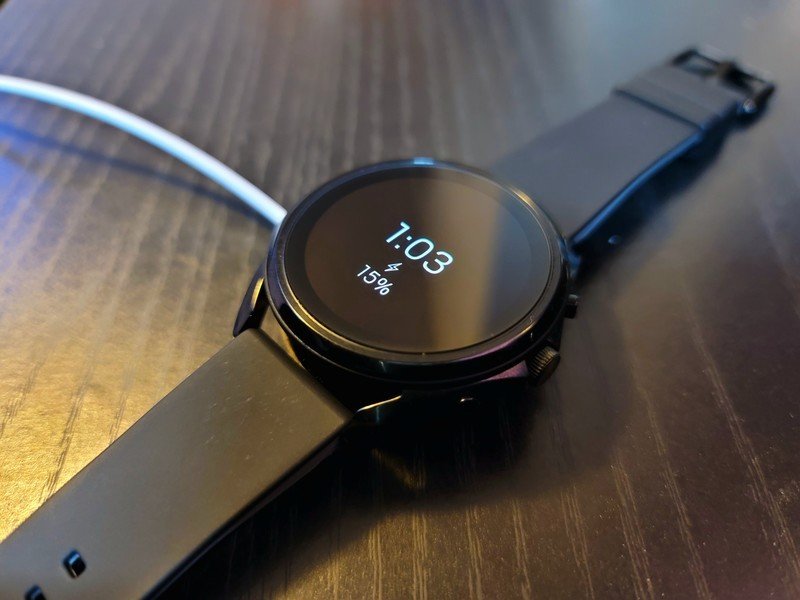
If you've ever owned a Fitbit wearable, you know these devices offer superior battery life. This is especially true when you compare it to existing Samsung and Apple watches. For example, the Fitbit Charge 5 is a tiny but mighty tracker that offers a week of battery life on a single charge. Its smartwatches also offer impressive battery life, with the Fitbit Sense providing at least six days of juice.
The new Galaxy Watch 4 only offers around 40 hours of battery life depending on usage. This is better than the 24-hour battery life found on most Wear OS watches, but it could still be better. Apple continually disappoints its users with weak battery life that necessitates daily charging. Most Apple users have accepted this fate, but Google would turn heads if it can offer double or triple Apple's capacity.
Hopefully, the collective minds of Fitbit, Google's Wear OS, and Samsung's Tizen OS will help Google find a way to take battery life up a notch. If these three powerhouses coming together can't accomplish this, who can? Considering that Fitbit devices have been offering great battery life for years, you'd like to think there's some middle ground to land on.
Now, let's not forget that Fitbit isn't exactly known for offering the most sophisticated software on the planet. Therefore, it's understandable that a more advanced system like Wear OS will eat up more battery life. All of that being said, it would still be nice to see more than a day or two of battery life on these watches in the future.
Add new health and fitness features
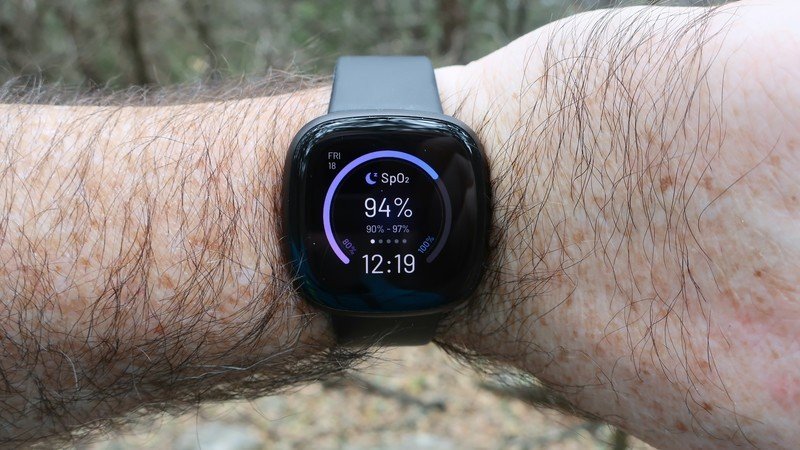
Apple may not be marketing its watches as fitness smartwatches, but it has made an effort to offer more advanced health and fitness tracking in recent years. Users have access to blood oxygen (SpO2) tracking, electrocardiogram (ECG) readings, an always-on altimeter, and more.
The company also launched its own subscription service called Apple Fitness+, which competes with Fitbit Premium and other similar services. When you combine that with the fact that Apple is reportedly working on introducing blood pressure measurements, Google should be taking notes.
While many Fitbit wearables already offer advanced health features such as ECG and SpO2, Google should focus on bringing these features to Wear OS watches — including the rumored Pixel Watch — if it wants to compete with the likes of Apple and Samsung. Sure, smartwatch features are great, but the premium health and fitness tracking features are a big part of the reason that Samsung and Apple wearables continue to succeed.
The Galaxy Watch 4 took advanced health tracking to the next level.
Most people will agree that Samsung has done a superb job of creating wearables that seamlessly merge fitness tracking and smartwatch features. The Galaxy Watch 4 took advanced health tracking to the next level with the Bioelectrical Impedance Analysis (BIA) sensor.
This innovative Body Composition measurement tool is designed to give users a better understanding of their general health and fitness with key measurements such as body water and body fat percentage, skeletal muscle, and basal metabolic rate.
When Google's acquisition of Fitbit became official, it was announced that Fitbit would be behind the fitness tracking experience on the new Wear OS platform. For the first time since the acquisition, we finally have proof that this may be happening soon.
If you're a fan of Google Fit, you know that past Wear OS watches did a decent job of tracking your health and fitness metrics. It doesn't come close to the experience you'll have on a Samsung watch, though. However, adding Fitbit integration into that mix could be a game-changer for Google's Wear OS watches.
It's time for LTE
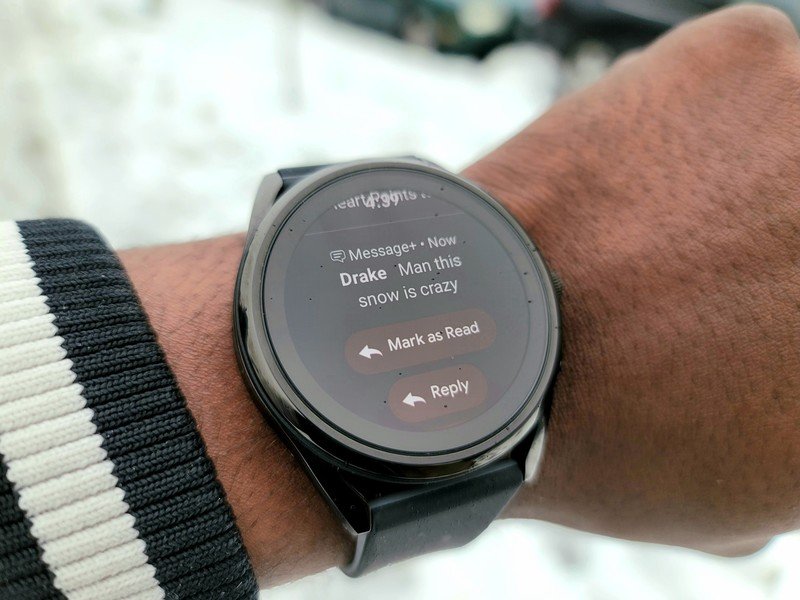
LTE connectivity may not be the most popular smartwatch feature, but Google needs to start offering it as an option if it wants to keep up with Samsung and Apple. Last year's Fossil Gen 5 LTE is proof that Google understands this concept, but it still has a long way to go to catch up to its competitors.
To put things in perspective, Samsung has been offering optional LTE connectivity since the first Galaxy Watch was released in 2018. Apple introduced it on the Watch Series 3 back in 2017. To be fair, Mobvoi did release the TicWatch Pro 4G/LTE in 2019. However, this outdated watch is hardly relevant anymore, especially when you consider that it's running Snapdragon Wear 2100.
Users who want a seamless experience between their phone and smartwatch may also want LTE connectivity. Having the option to leave your phone behind when you go for a run is important, especially to users who are buying a smartwatch to improve their health and fitness. Google will need to think about hopping on the LTE bandwagon if it wants any chance at keeping up with Samsung and Apple.
Bottom line
Considering how much effort the company has put into its wearables in recent years — from acquiring Fitbit to working with Samsung on the new Wear OS platform — it's hard to believe that it won't at least try to deliver on some of these fronts.
Do you think Google will do what is necessary to keep up with Samsung and Apple? Only time will tell. I, for one, will remain cautiously optimistic that 2022 will be a pivotal turning point for Google in the wearables space.

Courtney Lynch is a freelance writer at Android Central. She's obsessed with all things health, fitness, and music. At any given time, she can be found checking out the latest and greatest gadgets while simultaneously petting her dog and sipping iced coffee.
